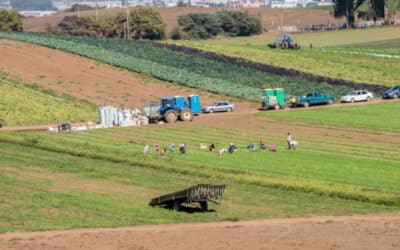Fourteen students from Nevada’s two-year colleges are building career skills in exciting new directions. The students are conducting hands-on research alongside DRI scientists in Reno and Las Vegas through DRI’s Research Immersion Internship Program.
New donor-powered research underway to address climate adaptation, water resources, and more
The DRI Foundation has just awarded the next round of seed grants to six teams of researchers through the Innovation Research Program (IRP). The IRP provides the start-up funding DRI scientists need to test new ideas and produce initial data, which will help them...

